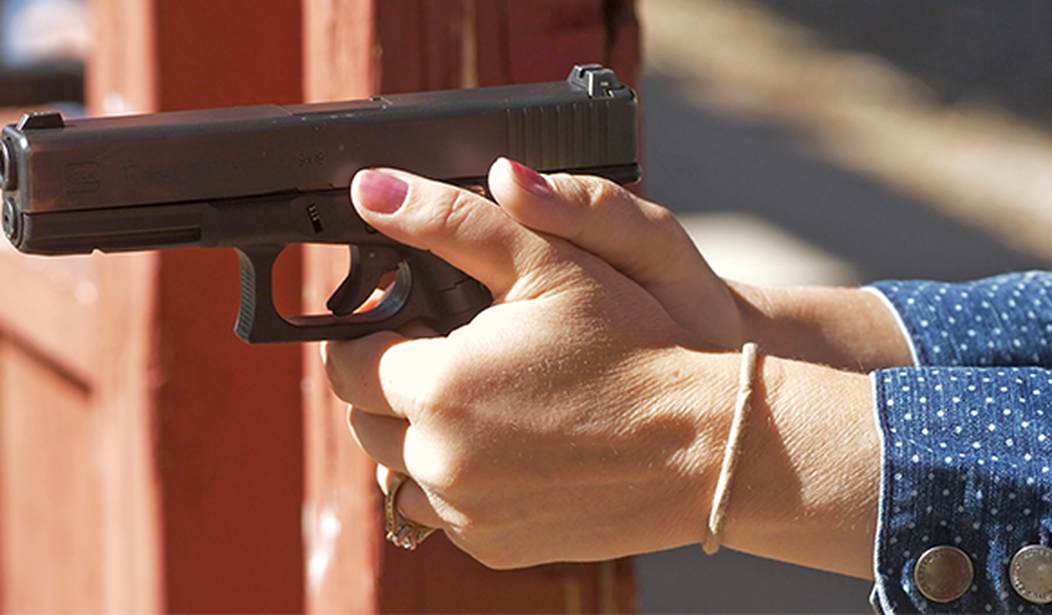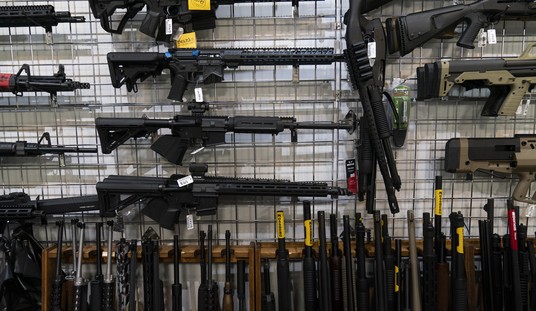When talking about red flag laws, supporters will often point out how often such a law is used as proof of the law’s necessity. However, I’ve argued that such numbers are a poor measure. Saying that the law is used 100 times in a given time period doesn’t exactly address concerns regarding such measures.
A far better metric would be how many red flag orders were sought compared to how many final orders.
After all, a red flag order is a temporary order. It’s followed up by a hearing where actual due process rights are observed to determine if someone is a threat or not. Comparing those numbers would give us an idea of just what percentage of red flag laws are really “justified,” if such a thing can be.
Luckily, a story out of New Jersey provides us just such an example.
Temporary orders granted: 198
Final orders granted: 100
That’s right, just over half were granted final orders, meaning there was sufficient reason for a judge to determine someone represented a threat to themselves or others after having seen the individual in just under half of the total cases.
Now, some would look at that and argue that it doesn’t matter so long as one life was saved. However, the problem is that we don’t know any lives were actually saved via red flag laws that couldn’t have been saved using other methods already on the books in every single state, including New Jersey.
Let’s also keep in mind that this is New Jersey, a state that’s quite famously anti-gun. How many of those 100 final orders would have been granted in, say, Texas or Georgia? Obviously, this is unknowable, but it is something to think about. A good judge tries to be unbiased, but bias is one of those things that can creep in when you least expect it. It’s impossible to believe that it played no role in any of those 100 final orders.
Yet let’s also keep in mind that nearly half of all orders were found to be for people who apparently weren’t a clear threat to themselves or others. Proponents will likely try to rationalize this however they can, but the numbers speak for themselves. Almost half were people who got their guns back in one of the most anti-gun states in the country.
I’m sorry, but I fail to see how this does anything except tell us just what kind of a failure red flag laws actually are. Especially when taken with the fact that suicide rates are increasing in states with these laws on the books, laws that proponents claim will help combat suicide.
We have a ton of data at this point from which we can accurately judge red flag orders. It doesn’t look good for the supporters of such laws. Still, they’ll continue pushing with what the law is intended to do rather than what it actually does, probably because the media refuses to actually report on much of the negative consequences of such laws.









